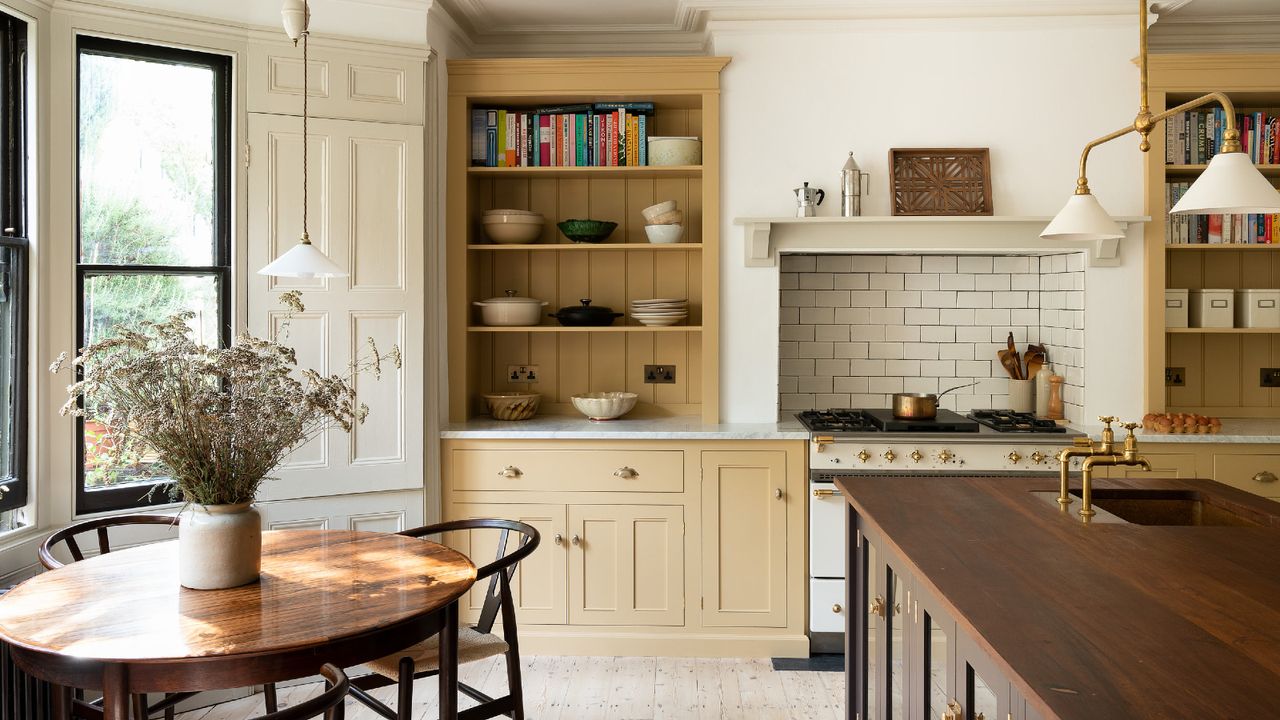
Once you hit your 30s, your kitchen should work for you, not against you. It’s no longer just a place to reheat leftovers at 3 am, although it might still be on the odd occasion. As a result, there are five things people over 30 should not have in their kitchens.
Whether you’re cooking more, hosting friends, or just trying to cut clutter, taking a fresh look at what’s lurking in your cabinets and drawers can reduce unnecessary stress in your daily routine, professional organizers promise.
So, if you are approaching your 30s (or beyond), add these five categories to your kitchen decluttering checklist.
5 things people over 30 should not have in their kitchens
Clearing out these five categories when organizing a kitchen in your 30s and beyond is a great way to upgrade your workspace and your lifestyle – plus, it can help you fall back in love with your kitchen without spending big on a kitchen reno.
1. Novelty or damaged crockery
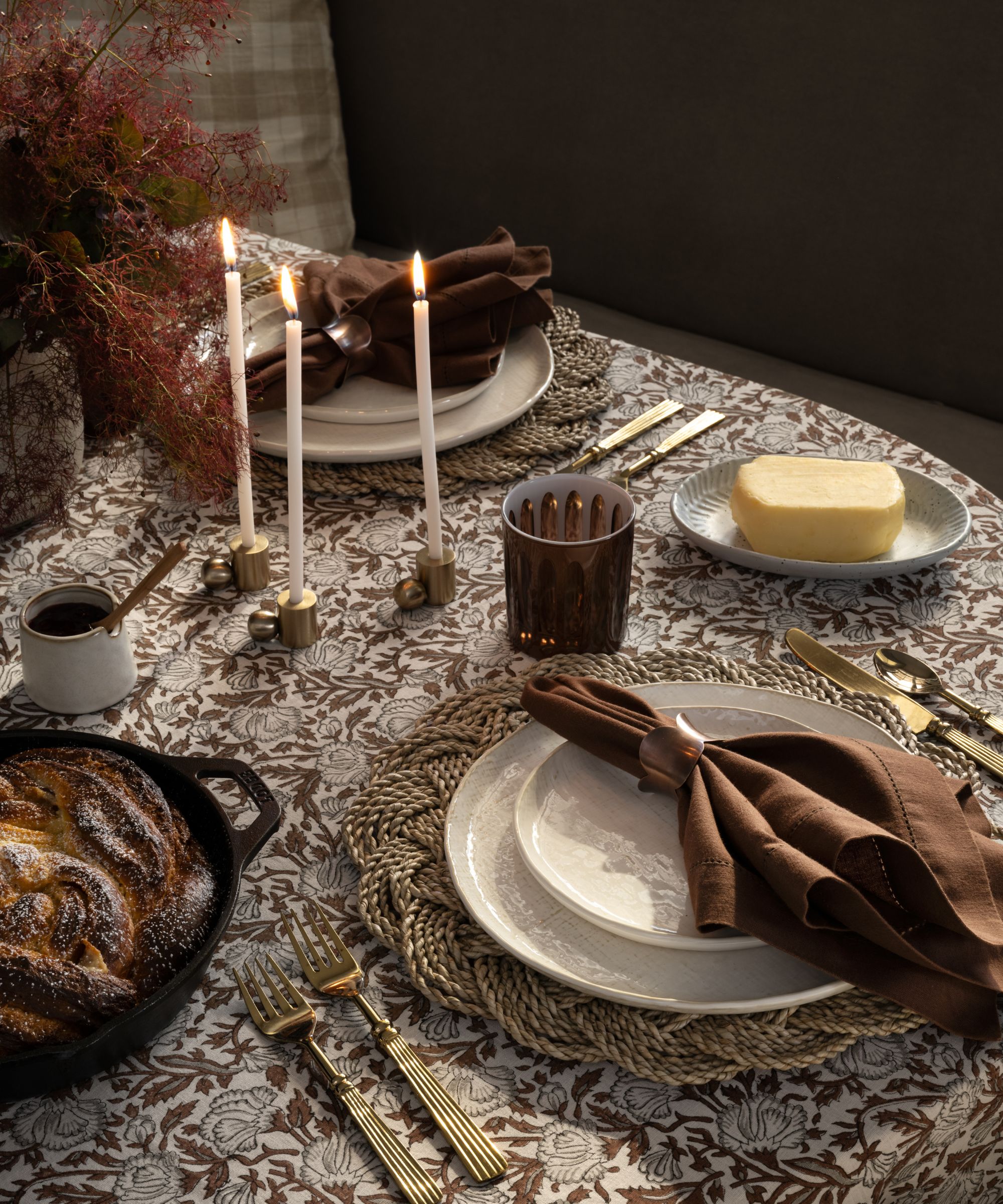
Although we don’t recommend cutting all personality out of your kitchen, there are some telltale signs you need new dishes, and Rossella Marzocchella, interior designer at Decor and Decor, suggests starting here in your 30s.
She begins, ‘One of the items I suggest people in their 30s and beyond get rid of is any novelty, chipped, or mismatched crockery. We all end up with mugs bearing silly slogans, plates from bargain sets, or handed-down bowls that don't match anything else, but by the time you reach your thirties, it's time to get an upgrade.
‘You don't have to go out and buy a very costly china set, but having a matched set of dishes and glassware instantly changes the way you enjoy everyday meals. It's respecting yourself and your guests: Drinking coffee from a lovely, well-crafted mug feels significantly better than from a chipped "World's Best Drinker" cup.’
This 16-piece dinnerware set, from Wayfair, comes in eight colors and offers service for four people (including coffee mugs) for under $60.
2. Worn-out or low-quality cookware
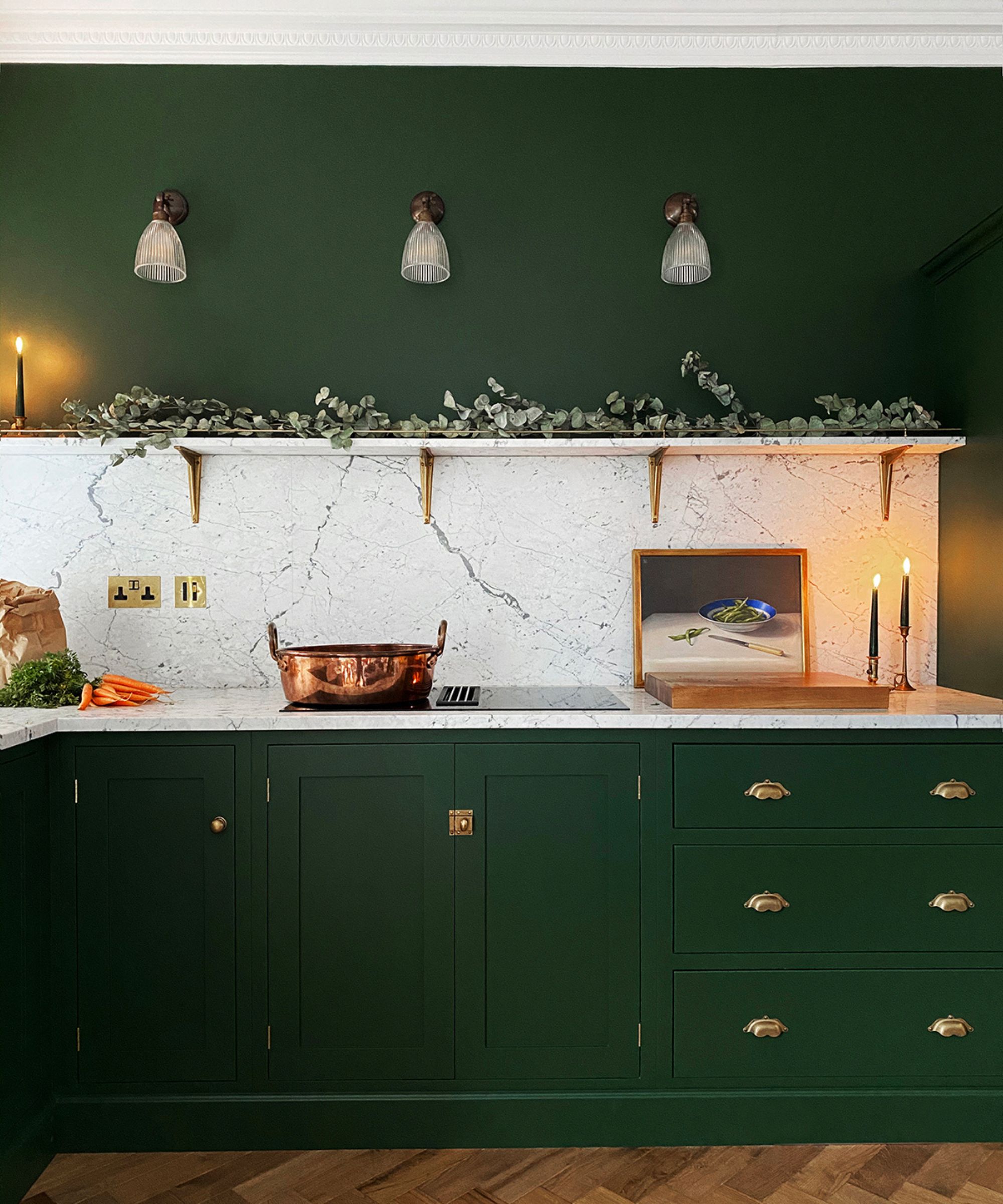
Similarly, there are some key signs it’s time to replace your pots and pans. Rossella continues, ‘Worn-out or low-quality cookware, particularly scratched non-stick pans, is next on the list. Most people cling to old pots and pans well beyond their usefulness, usually because they're convinced they’re "still usable," but when non-stick coatings begin to wear off, not only do they become less effective, they can also become hazardous.
‘Your 30s are an excellent time to invest in two or three useful, high-quality pieces, such as the best non-toxic cookware, for example, a solid stainless-steel saucepan or cast-iron skillet [available at Target] that will serve you for years to come and that actually makes cooking an enjoyable, not frustrating experience.’
Although stainless steel pan sets, such as this 10-piece ply-clad stainless steel pan set from Wayfair, are more expensive than non-stick pans, they will last a lot longer and are dishwasher and oven-safe, making them a more practical option.
You should also replace your black plastic utensils as they are toxic.
3. Items you do not use

Your 30s are also a great time to start being more ruthless when decluttering, especially in your kitchen, as you have a better idea of what things you use regularly, and which simply collect dust.
Amanda Rivera, professional home organizer and owner of Tidy Red, suggests, ‘Keep the items that are in the best shape and fit your current lifestyle and level of cleanliness, and donate or get rid of the rest. If you’re unsure whether you’ll need them again, put them in a box and store them in the garage. If you’re ready to part with them, you’re that much closer to the garbage.
‘For example, I have a freestanding mixer that my mom gifted me at my bridal shower. According to her, I needed it and would use it all the time! Four years later, that mixer is still in the box, which has now been moved to the garage.’
When organizing a garage, always use air-tight plastic containers, available at Target, to protect items from pests and moisture fluctuations.
To ensure these items don’t clutter up your kitchen forever, consider using the expiry decluttering method and writing a ‘use-by’ date on the box. If you haven’t touched the items by that date, donate or sell them.
Amanda continues, ‘We feel some sort of pressure to get certain kitchen items, like an air fryer, waffle maker, smoothie blender, or whatever the fun, trendy thing is. But if you’re keeping it for a “just in case” situation, that’s wasted space that could be used for something more practical.
'Don’t get me wrong, I have a small ice cream machine. It’s on the top shelf, and I only use it twice a year, but I look forward to it every single time.’
4. Mismatched plastic containers

Organizing plastic containers never gets easier, no matter how old you are, and it is made even harder by keeping hold of all the mismatched boxes and lids.
Laurie Hise, household money saving expert and founder of Passionate Penny Pincher, says, ‘If you’ve got a drawer full of mystery lids hoping to reunite with long-lost tubs, it's time to let go. They're taking up valuable cabinet or drawer space, and honestly, they’re never coming back.
'Simplify your life with a matching set of glass food storage containers [available in sets of 12 at Walmart]. This investment will last for years and elevate your leftover game, also making meal prep feel incredibly chic!’
You can also pick up food container lid organizers, also from Walmart, to help stack items without them falling over when you open the door.
Switching to glass containers such as the Rubbermaid leak-proof glass food containers from Target is a great first step in creating a non-toxic home. They are easier to stack and clean, and do not leach harmful toxins into your food, resulting in improved health over time and nicer tasting food. It is more than worth the investment.
5. Excess items
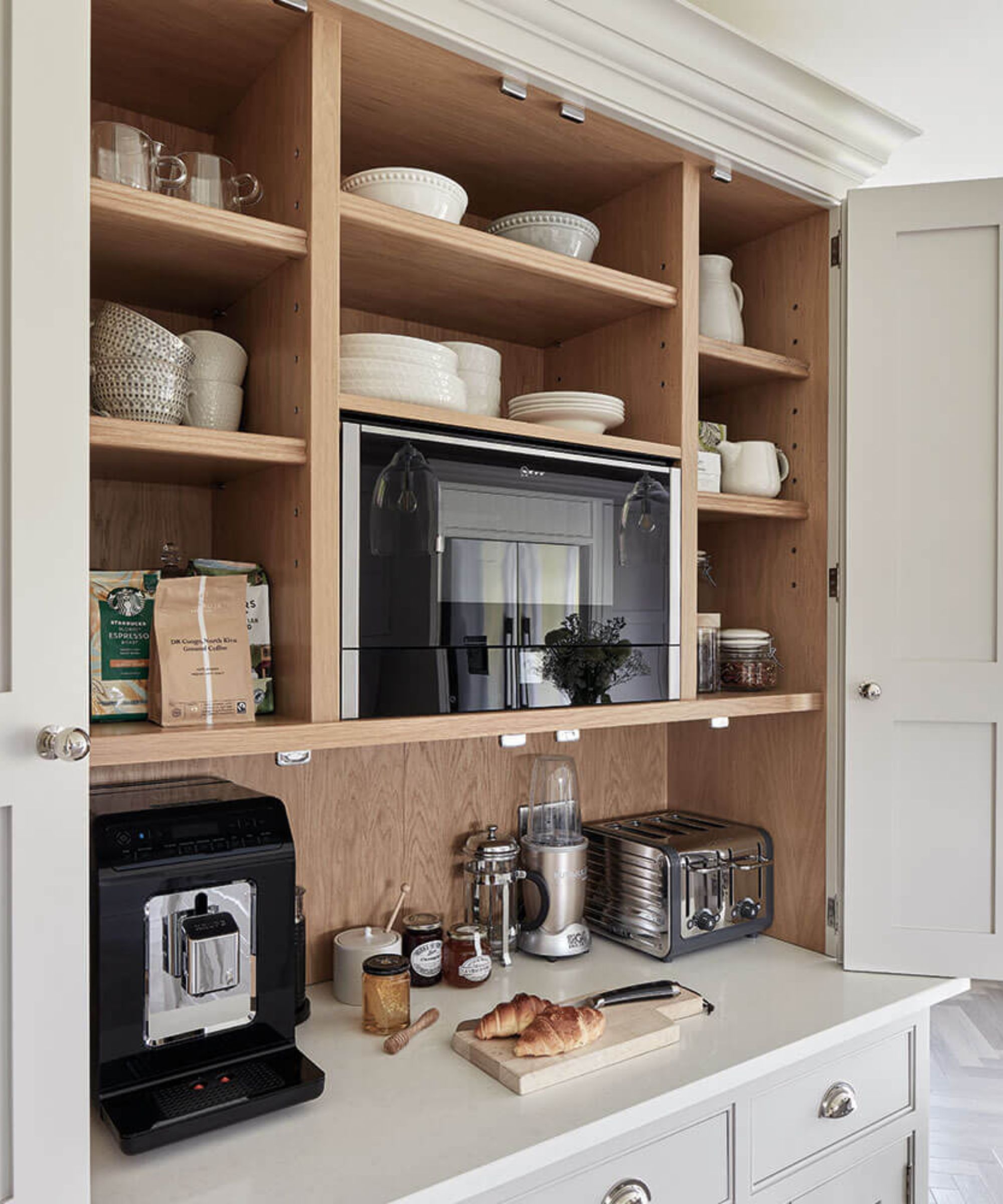
One of the main culprits that always make your kitchen look cluttered is duplicate items. Amanda urges, ‘People should let go of all the extra stuff. Mainly, the “just in case” items need to be reduced. Depending on how you cook or meal prep, and the size of your family, you likely don’t need large quantities of cooking utensils, baking sheets, or pots and pans.
'The average person has four to five burners on the stove – so you don’t need seven pots and eight pans when you couldn’t even cook with all of them at once.’
For a clutter-free kitchen, optimize storage to avoid costly duplicates by using clear storage bins, from Walmart, on shelves and in drawers can help you see everything in a glance, while drawer dividers, from Target, can make locating the right tool a breeze.
These can help you save money, space, and energy going forward, especially by helping you avoid costly duplicates simply because you can't see the wood for the trees.
What to shop
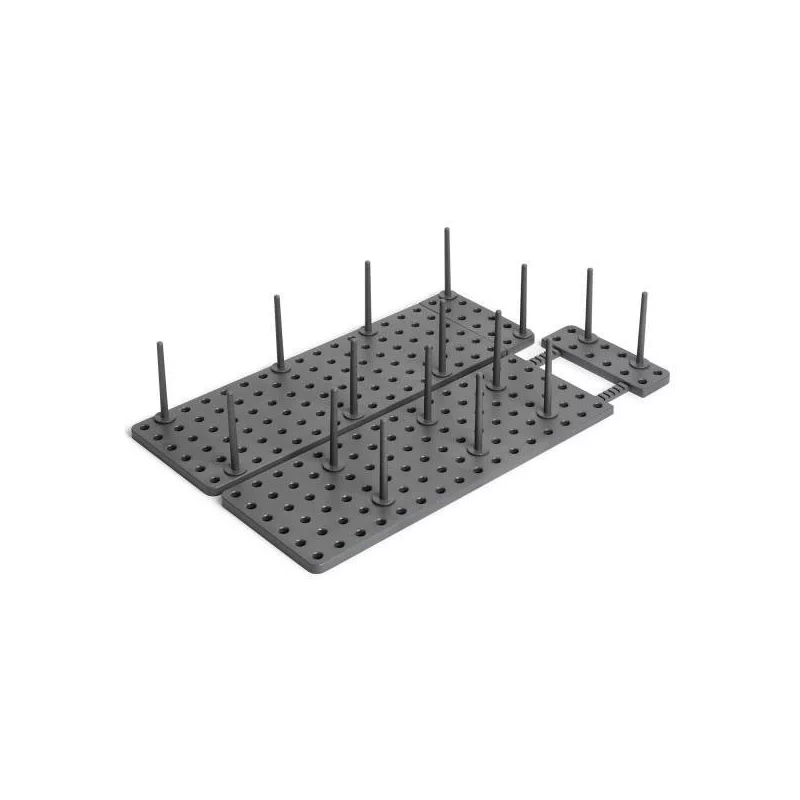
I use the Peggy Drawer organizer and my kitchen cabinets have never been so neat. The moveable pegs mean I can create custom storage spaces to stop pans, bowls, and containers from falling over.
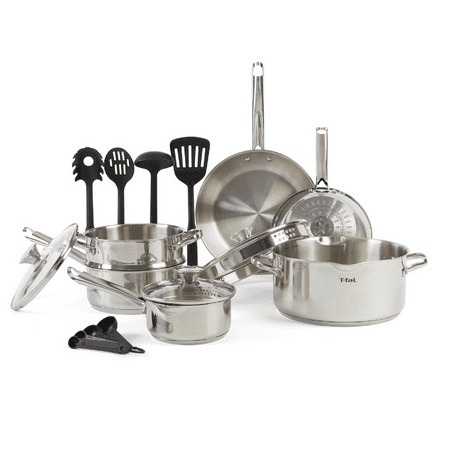
Stainless steel is a healthier option for cooking, and lasts far longer than non-stick. To avoid food sticking, oil well and use lower heats.
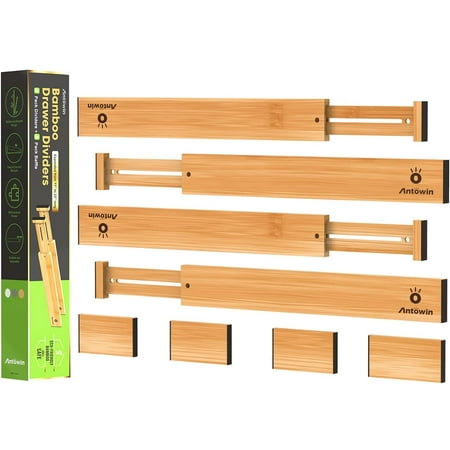
It's all well and good kitting our kitchen out with new and improved tools, but they are useless if you can't find them. These adjustable drawer organizers make light work of tidying up storage for a streamlined kitchen.
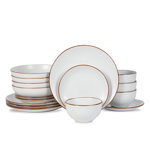
This stoneware dinner set offers full service for four, and comes in five different colors to suit any kitchen.
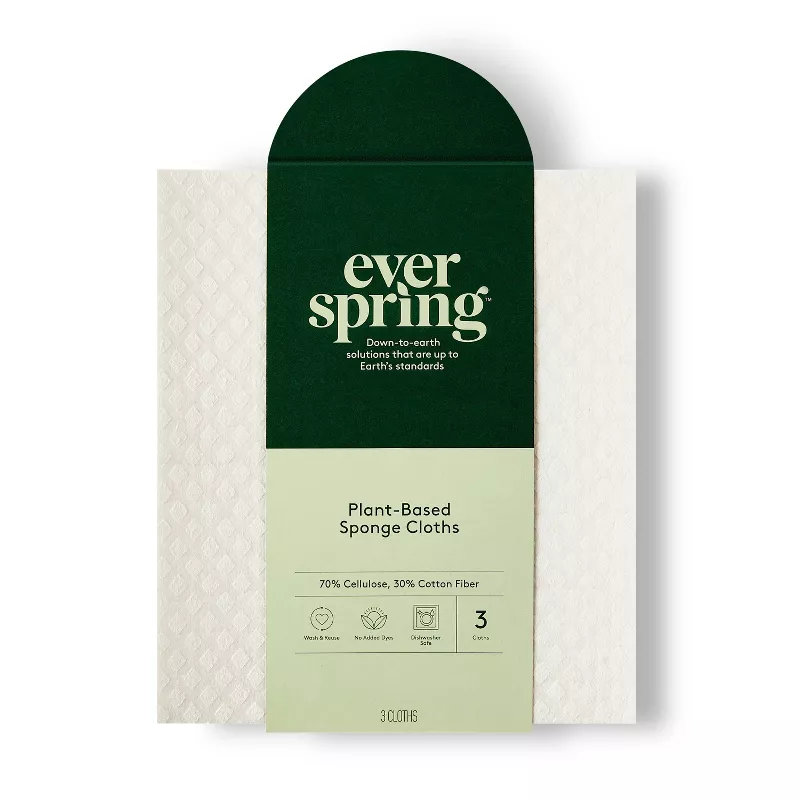
Sponge cloths are plant-based, meaning they are free from plastics and decompose in compost heaps in around 10 months, making them a eco-friendly, hygienic alternative to traditional sponges and paper towels.
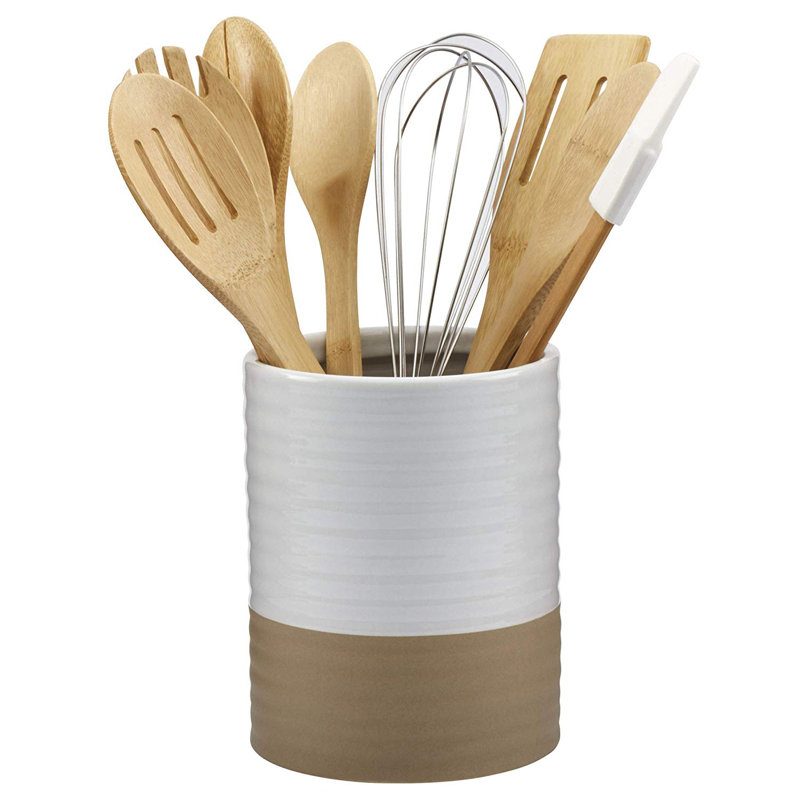
Wooden utensils are a healthier alternative to plastic kitchen tools, and a safer option to metal if you still use non-stick pans.
Meet the experts
No matter where you are working, always ask yourself these five questions when decluttering to help make fully informed decisions about clutter, helping you to avoid decluttering regret.







